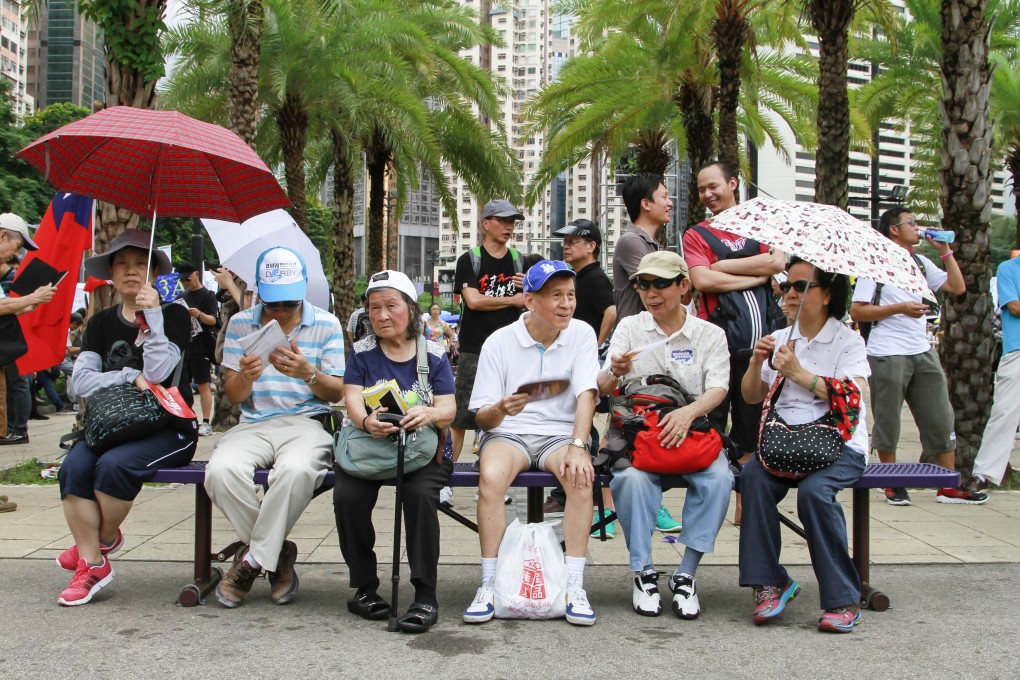Hong Kong’s MPF needs an overhaul to keep up with living costs even as it tops HK$1 trillion in value
- The MPF surpassed the HK$1 trillion (US$129 billion) milestone in July, becoming one of the world’s 20 biggest pension schemes
- MPF investment funds have given annualised returns of 3.9 per cent in the past two decades, far better than the inflation rate

Hong Kong’s Mandatory Provident Fund (MPF) has a long way to go in meeting the retirement plans of its 4.5 million members, even after it surpassed HK$1 trillion (US$129 billion) in July as one of the world’s 20 largest schemes.
The aspiration for post-retirement living standard in Hong Kong outstrips reality by 18 times, with pensioners aspiring to HK$3.97 million at retirement with HK$15,000 per month to spend, while the average account balance stood at a mere HK$225,000, according to a March survey by Manulife International of 1,000 of its members.
“With an ageing population, Hong Kong will have 450,000 people retiring in the next five years,” said Raymond Ng Ching-fat, vice-president and head of employee benefits at Manulife (International), the largest MPF provider in Hong Kong. “The government should offer similar policies as the 2019 tax incentives to encourage more voluntary contributions to the MPF.”
Hong Kong’s MPF “members are not saving enough for retirement,” said Peter Crewe, chief executive of AIA Hong Kong and Macau. “With improved medical care and increasing longevity, members relying solely on the monthly 10 per cent MPF mandatory contributions by both employers and employees may not be enough to achieve their desired retirement.”